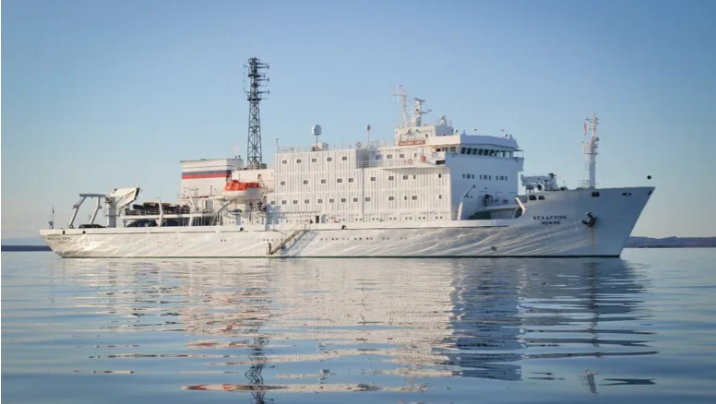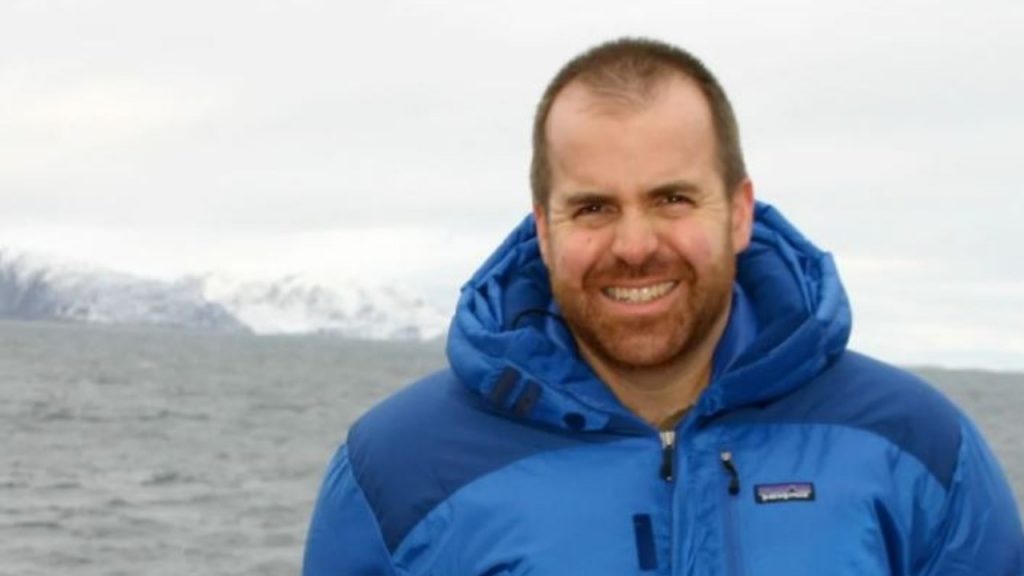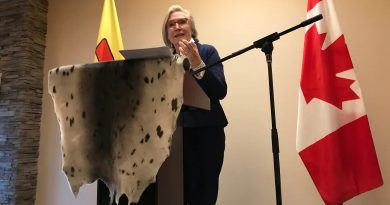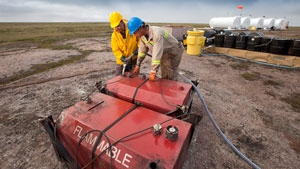Tourism of uncharted Arctic waters ‘dangerous’, says Canadian professor

The best way to prevent ships from grounding in the Canadian Arctic is for the federal government to stop allowing tourists to explore uncharted waters on cruise ships, according to one Canadian professor.
“The Arctic is a very dangerous place to navigate,” said Michael Byers, who teaches at the University of British Columbia and who lectured on the Akademik Ioffe in 2011 — seven years before it would get stuck in the western Gulf Boothia near Kugaaruk, Nunavut.
The Transportation Safety Board of Canada (TSB) released a report about the August 2018 incident last week, and called for mandatory risk mitigation measures for vessels operating in the Canadian Arctic.
“The Canadian Arctic has 1900 islands, so lots and lots of water ways between islands, many of them quite shallow, most of them poorly charted,” said Byers. “If a ship travels off one of the main [shipping] routes, it’s almost immediately at risk.”

There’s pressure to allow such trips, he said, from the tourism industry.
“One of the attractions for tourists is to go into unexplored places,” said Byers, adding they pay “very large fees” to do so.
According to the TSB’s report, which does not assign fault or liability, the Ioffe entered shallow waters and sailed for four minutes before it was grounded. It’s alarm system to detect low water had been turned off, the report said.
There were 102 passengers and 61 crew on board, who were rescued by the Canadian military and the coast guard.
The vessel was also badly damaged, the report said, and spilled 81 litres of fuel into the ocean.
Had there been a serious Arctic storm at the time, Byers said the incident could have been deadly. It also led to an expensive rescue mission, he said.
“It did result in the tasking of several Canadian vessels to divert from their planned schedules and to spend time going to the scene. That’s expensive. That’s tax-payer money that was spent.”
Byers said the vessel should not have been allowed to sail in the Arctic in the first place, because of 12 deficiencies that, according to the TSB, were not picked up on by a Transport Canada inspection five weeks earlier.
Another part of the solution, said Byers, is better charting of Arctic waters.
“We can’t chart all of the waters to world class standards … [but] we can certainly improve on what’s there.”
With files from Joanne Stassen
Related stories from around the North:
Canada: Report calls for risk mitigation for vessels in Canadian Arctic after ship grounded, Eye on the Arctic
Denmark/Greenland: New guideline launched for Arctic-specific risk assessment in shipping, Eye on the Arctic
Norway: The Viking Sky incident – A wake-up call for the Arctic cruise industry?, Eye on the Arctic
Russia: Norway, Russia team up for search and rescue exercise in Barents Sea, The Independent Barents Observer
United States: More shippers and shipping companies boycott Arctic sea routes, but it isn’t solving the problem, experts claim, The Independent Barents Observer



